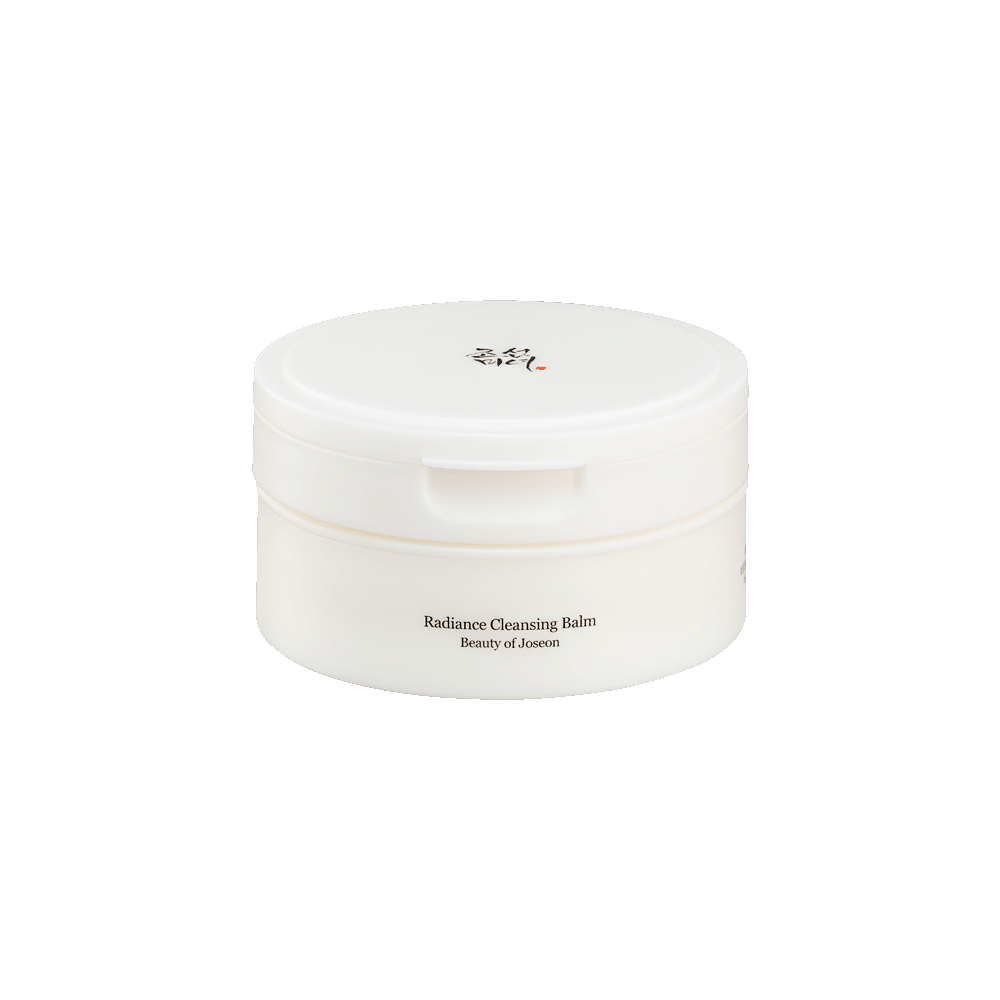Introduction:
In our daily lives, we encounter countless sources of energy, and one of the most prevalent yet often overlooked is ultraviolet (UV) radiation. While the sun is a vital source of life and energy, its rays also bring along potential dangers that can harm both our health and the environment. In this blog post, we will explore the invisible threat posed by UV radiation and shed light on the various ways it can adversely impact our lives.
Understanding UV Radiation:
UV radiation is a form of electromagnetic radiation that comes from the sun and various artificial sources, such as tanning beds and certain industrial processes. It is divided into three main types: UVA, UVB, and UVC. UVA and UVB rays are the ones that reach the Earth's surface, affecting living organisms.
- Skin Damage:
Perhaps the most well-known effect of UV radiation is its impact on the skin. Prolonged exposure to UV rays can lead to sunburn, premature aging, and an increased risk of skin cancer. UVB rays are primarily responsible for causing sunburn, while UVA rays penetrate the skin more deeply, contributing to long-term damage like wrinkles and age spots.
- Eye Damage:
The eyes are highly sensitive to UV radiation, and prolonged exposure can lead to various eye problems. These include cataracts, which cloud the eye's lens, and macular degeneration, a condition that affects the central part of the retina, potentially leading to vision loss.
- Weakening of the Immune System:
UV radiation has been shown to suppress the immune system, making individuals more susceptible to infections and illnesses. This can have far-reaching consequences for overall health and well-being.
- Environmental Impact:
Beyond its effects on human health, UV radiation also plays a role in environmental processes. Excessive UV exposure can harm phytoplankton, essential microscopic marine plants that form the base of the oceanic food chain. Damage to these organisms can disrupt marine ecosystems and impact the broader balance of life in oceans.
Protection and Prevention:
To mitigate the harm caused by UV radiation, it's crucial to adopt preventive measures:
-
Sunscreen: Use a broad-spectrum sunscreen with a high SPF to protect your skin from both UVA and UVB rays. Reapply regularly, especially when engaging in outdoor activities.
-
Protective Clothing: Wear clothing that covers your skin, including a wide-brimmed hat and sunglasses to shield your eyes from harmful UV rays.
-
Avoid Peak Hours: Limit your time outdoors during peak sunlight hours, usually between 10 a.m. and 4 p.m., when UV radiation is strongest.
-
Check UV Index: Stay informed about the UV index in your area and take appropriate precautions when it's high.
Conclusion:
While UV radiation is an integral part of our environment, understanding its potential harm allows us to take proactive steps to protect ourselves and the world around us. By adopting simple preventive measures, we can enjoy the benefits of sunlight while minimizing the risks associated with prolonged exposure to UV radiation. It's a small effort that can have a significant impact on our health and the health of our planet.
Check out our SPF skincare items here: Sun care Products


0 comments